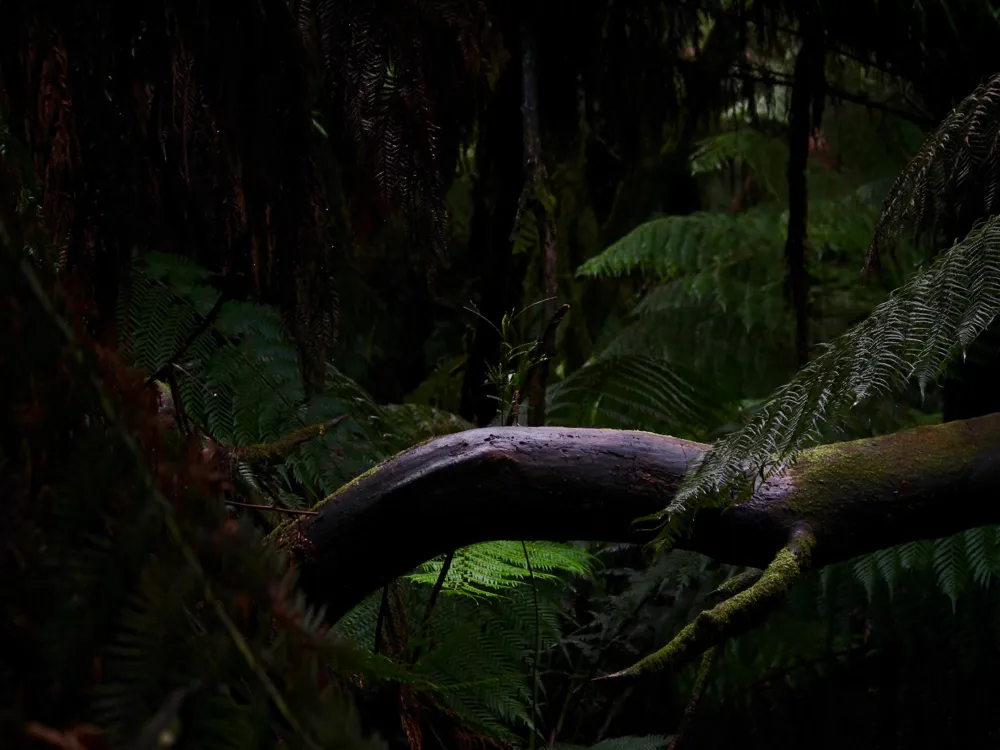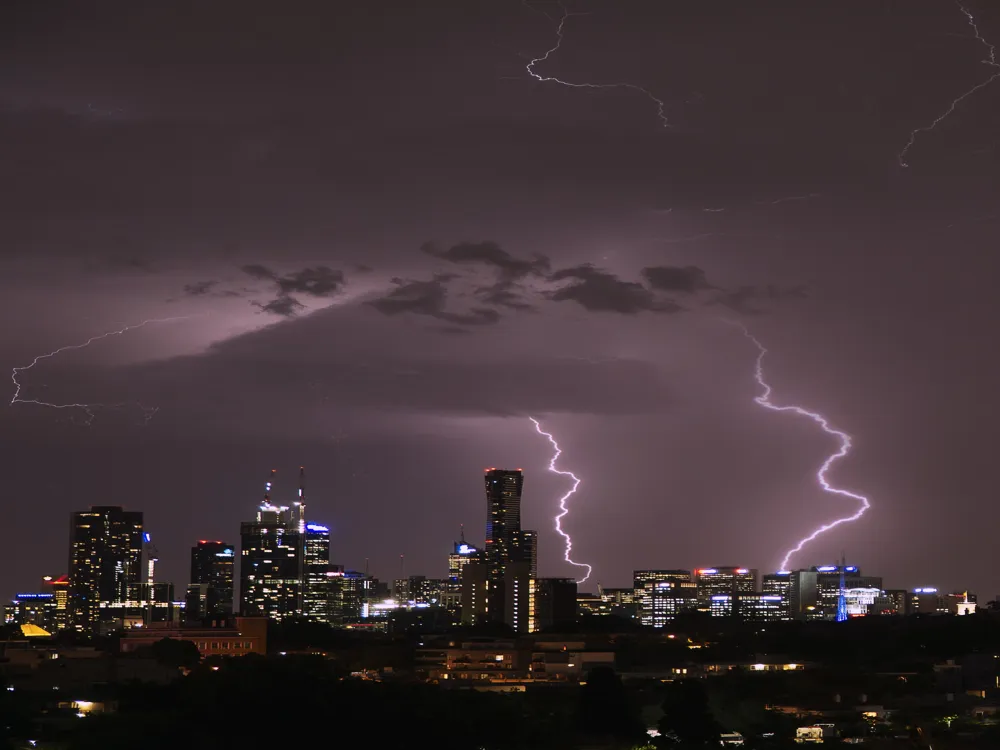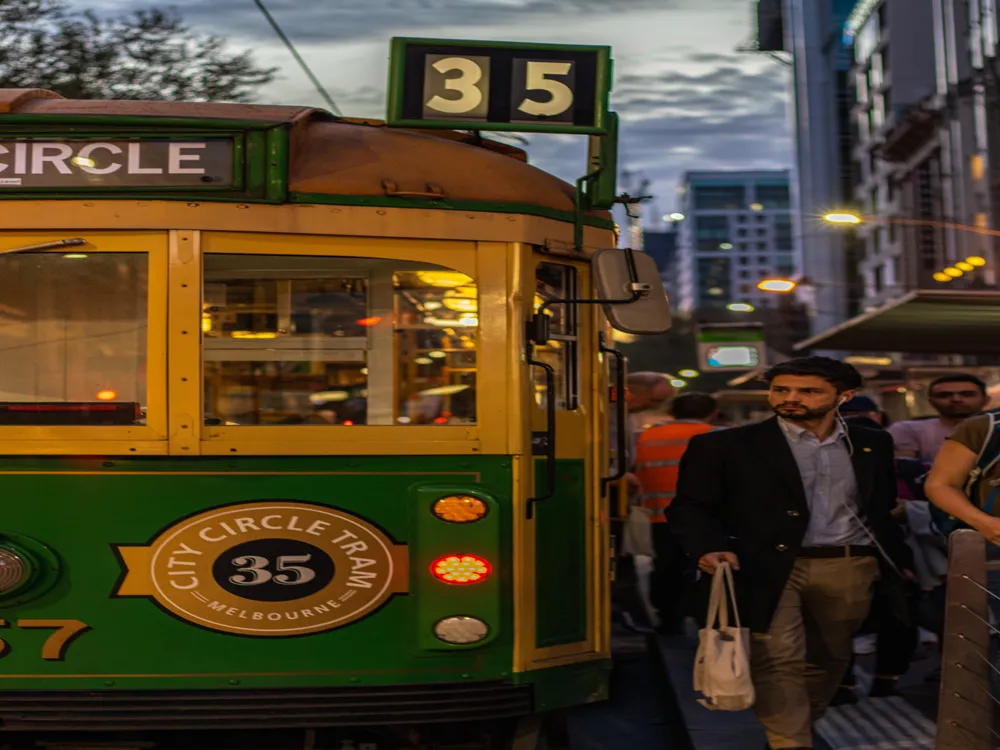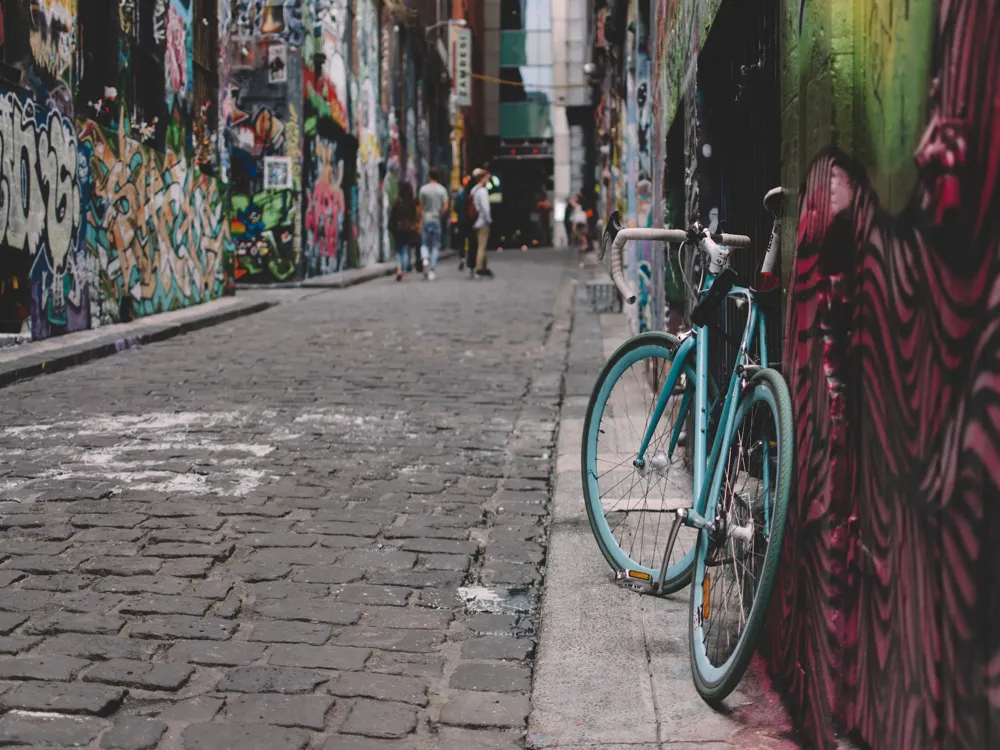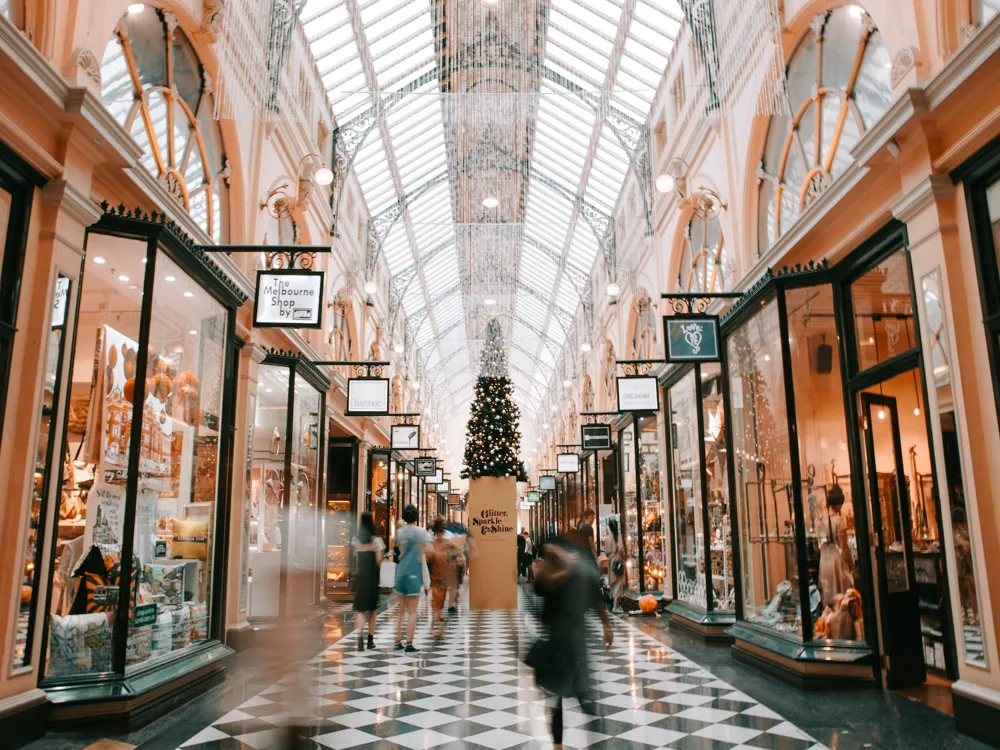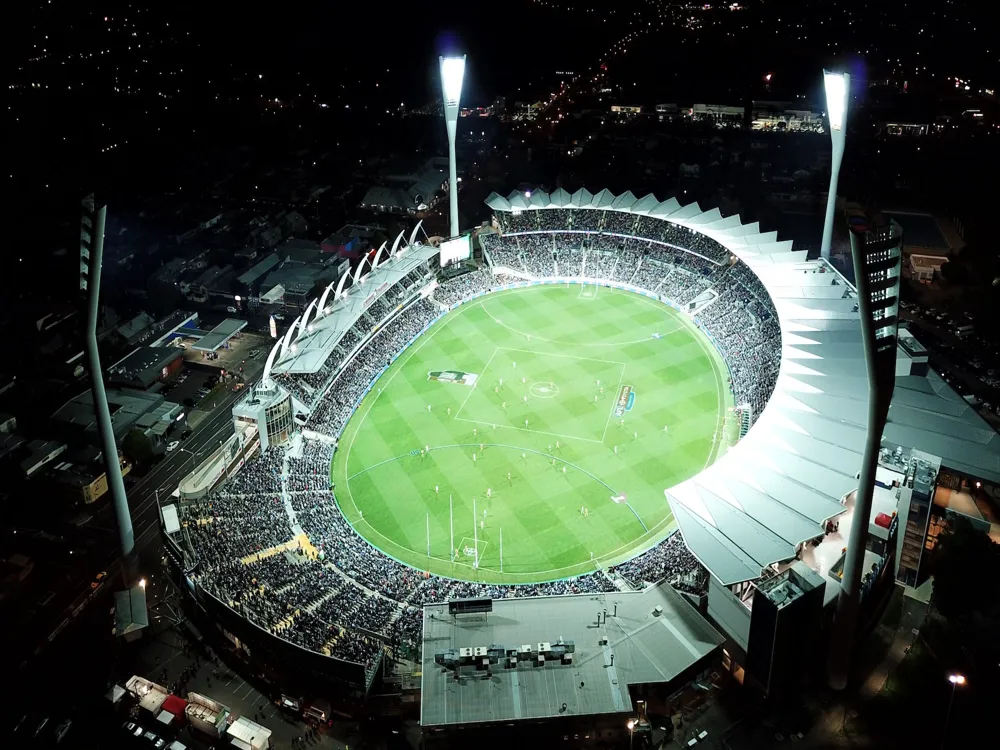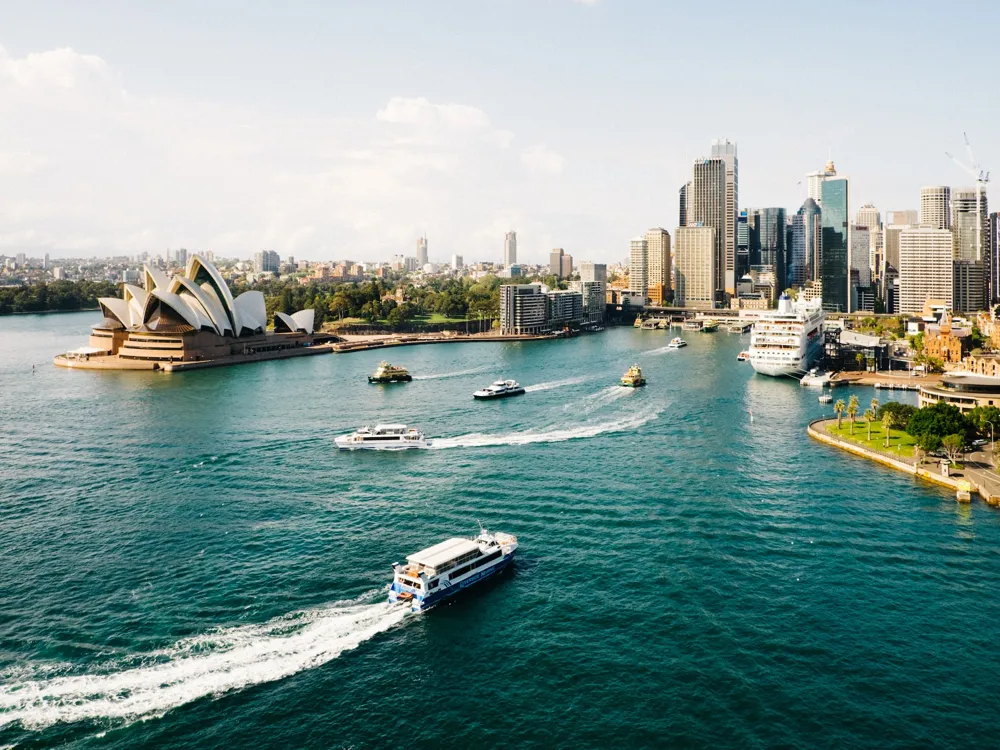Melbourne City Centre, also known as the Central Business District (CBD), is not just the heart of Melbourne but also the soul of this vibrant city. It's a melting pot of culture, history, and modernity, seamlessly blending its rich past with a dynamic present. Known for its picturesque skyline dominated by modern skyscrapers, historic architecture, and lush parks, the City Centre is a hub of business, art, and entertainment. The area is brimming with a variety of attractions, from bustling markets, such as the Queen Victoria Market, to cultural institutions like the National Gallery of Victoria. It's a place where you can wander through laneways adorned with street art, dine in world-class restaurants, and experience the energy of its thriving nightlife. The Yarra River adds to its charm, offering scenic views and a range of activities along its banks. Historically, Melbourne City Centre was the birthplace of many significant cultural and political movements in Australia. Today, it stands as a testament to the city's ability to preserve its heritage while evolving into a modern metropolis. Whether you're a local or a visitor, the City Centre offers an unparalleled experience of Melbourne's spirit. The architecture of Melbourne City Centre is a fascinating blend of old and new, reflecting the city's historical journey and contemporary growth. The streetscape is a tapestry of architectural styles, ranging from Victorian-era buildings to cutting-edge modern skyscrapers. This juxtaposition creates a unique urban environment that is both historical and forward-looking. Victorian architecture is prominent in the City Centre, with grand buildings like the Melbourne Town Hall, State Library of Victoria, and the Royal Exhibition Building showcasing ornate facades, expansive arches, and detailed stonework. These structures speak of Melbourne's prosperity during the gold rush era. In contrast, the modern skyline is shaped by towering skyscrapers such as the Eureka Tower and the Rialto Towers. These contemporary giants are marvels of engineering and design, offering panoramic views of the city. The use of glass and steel in their construction reflects a shift towards modernity and innovation in architecture. Art Deco influences are also visible in buildings like the Manchester Unity Building and the Century Building. These structures, with their geometric patterns and streamlined forms, add a touch of elegance and glamour to the streets of Melbourne. The City Centre's architecture is not just about aesthetics; it's also a reflection of Melbourne's cultural diversity and its evolution as a city. Each building tells a story, contributing to the tapestry that makes Melbourne one of the world's most livable cities. One of the most remarkable aspects of Melbourne's architecture is the seamless integration of historical and modern elements. This is evident in areas like Federation Square, where contemporary designs like the Deakin Edge auditorium coexist with heritage buildings. This blend of old and new is a physical manifestation of Melbourne's respect for its past coupled with its ambition for the future. The preservation of historical buildings amidst urban development is a priority in Melbourne. This approach ensures that the city's architectural heritage is not only maintained but also integrated into the modern urban landscape. It's a delicate balance between preserving history and embracing modernity, and Melbourne does it with finesse. In recent years, there has been a significant shift towards green architecture and sustainability in Melbourne's City Centre. Buildings are being designed with a focus on environmental sustainability, incorporating features like energy-efficient systems, green roofs, and water recycling. This shift is a testament to Melbourne's commitment to a sustainable future, making the city not only beautiful but also environmentally responsible. Melbourne's City Centre is also known for its innovative use of public spaces. The integration of public art, green spaces, and pedestrian-friendly zones makes the cityscape not just a place for buildings, but a living, breathing space for people. The famous laneways of Melbourne, once utilitarian service alleys, have been transformed into vibrant hubs of culture, lined with cafes, boutiques, and street art, showcasing the city's creative spirit. Moving from the quaint charm of Ipoh to the dynamic allure of Melbourne City Centre, let's explore some essential tips for making the most of your visit to this cosmopolitan hub. 1. Immerse in Local Culture: Melbourne City Centre is a melting pot of cultures, and immersing yourself in the local scene is a must. Wander through the laneways adorned with street art, attend cultural events, and engage with the diverse communities that call Melbourne home. The city's heartbeat is found in its people and their stories. 2. Explore the Laneways: Melbourne is renowned for its hidden laneways, each offering a unique experience. Discover hidden cafes, boutiques, and art galleries as you weave through these charming pathways. It's in these narrow streets that you'll find the true essence of Melbourne's creativity and innovation. 3. Indulge in Culinary Delights: Melbourne's culinary scene is a gastronomic adventure waiting to be explored. From trendy cafes to world-class restaurants, the city offers a diverse range of flavors. Don't hesitate to ask locals for recommendations – they take pride in sharing their favorite dining spots. 4. Embrace the Arts and Events: Melbourne is a cultural hub, hosting a plethora of events, festivals, and art exhibitions throughout the year. Check the local calendar to see if your visit coincides with any exciting happenings. Embracing the arts scene will provide you with a deeper understanding of Melbourne's creative spirit. Now that you're eager to explore Melbourne, let's talk about reaching the heart of this vibrant city. Melbourne is well-connected globally, and Tullamarine Airport serves as the main gateway. Upon arrival, the city centre is easily accessible by taxi, rideshare, or the efficient SkyBus service. Within no time, you'll find yourself at the doorstep of Melbourne's iconic landmarks. Melbourne's extensive train network makes rail travel a convenient option. Flinders Street Station, a central railway hub, connects various suburban and regional train lines. The rhythmic hum of trains becomes a familiar soundtrack as you seamlessly navigate through the city. Melbourne's iconic tram system is not just a mode of transportation; it's a symbol of the city's character. Jump on board and let the trams guide you through the streets, offering a unique perspective of Melbourne's urban landscape.+ Read More:Overview of Melbourne City Centre
Architecture of Melbourne City Centre
Historical and Modern Integration
Green Architecture and Sustainability
Innovative Design and Public Spaces
Tips When Visiting Melbourne City Centre
How to Reach Melbourne City Centre
By Air:
By Rail:
By Tram:
Melbourne City Centre
Melbourne
₹ 42,000 onwards
View melbourne Packages
Melbourne Travel Packages
View All Packages For Melbourne
Top Hotel Collections for Melbourne

Private Pool

Luxury Hotels

5-Star Hotels

Pet Friendly
Top Hotels Near Melbourne
Other Top Ranking Places In Melbourne
View All Places To Visit In melbourne
View melbourne Packages
Melbourne Travel Packages
View All Packages For Melbourne
Top Hotel Collections for Melbourne

Private Pool

Luxury Hotels

5-Star Hotels

Pet Friendly







